READING A VARIETY OF TEXTS (INTENSIVE READING)
Intensive Reading refers to slow and careful reading in details which specific learning aims and tasks. Intensive reading involves reading for composition. Read the following composition then answer the question.
A FOOLISH CUSTOMER
One day Mr. Juha seat in a hotel drinking some coffee. A boy come to him that he was selling afternoon papers. “Which papers do you have? Juha asked. “I have the Daily news and The Guardian”, the boy said. “Well, give me both.
How much do they cost?” Mr. Juha asked. “One thousand two hundred for both. The Guardian sells at seven hundred” the boy said, “Oh, that is very expensive; just give, The Daily News”
Mr. Juha gave the boy ton thousand shillings note. The boy said he had no change. “Let me go for the change sir”, the boy said “No! No! No!” you will run away with my money! Leave your papers here with me” Mr. Juha said.
The boy left happily leaving Juha with the papers after two hours Mr. Juha counted the papers that the boy had left. They were only three! Juha laughed Kwe! Kwe! Kwe! Of course the boy never came back
Questions
Write True (T) or false (F) to the following sentences
(i) Juha sat in a hotel reading the Daily news
(ii) The Guardian costs five hundred shillings
(iii) Juha change was 8,800/=
(iv) Juha counted his change
Question 2.
Provide meaning of the following terms.
- i) Customer
- ii) Cost
iii) Change
- iv) Expensive
Answers
- i) someone who buys things from the seller, buyer, client
- ii) The price of something e.g. my shoes cost me five thousand shilling only
iii) Money left buying something
- iv) An item whose price is very high
EXERCISE
Make two sentences using the words expensive and cost
(i)……………………………………..
(ii)……………………………………..
Topic 12:
INTERPRETING LITERARY WORKS
Intensive reading
Involves comprehension and summary while reading a class reader (books) its chapters, the following activities should be done.
- Understanding the writing and pictures on the front cover, usually they summarize or give a piece of information of what is in the class reader (book)
- Title of the class reader (book) – A name or topic which is discussed in the chapters
- Author: A person writes a book must be memorized.
- Main or chief character(s) he/ she is the main actor
- Minor character persons or animals in the story
- Setting (venue –A particular place in which the story take place Example, Dar es salaam, Nairobi, Kampala etc
- Difficult words should be selected and their meaning understood either by using a dictionary (decretive memory) or according how they are used in the book.
- To summarize each chapter in one or two sentences and finally the whole book into one to five sentences.
- The lesson one can learn from the book.
- The importance or significance or relevant of the book in society –It is still useful or not
Intensive reading therefore means reading deeply while extensive reading refers to reading widely (a lot of book)
Skimming –Narrow information into one sentences or passage
Scanning – Reading intensively for specific information
Definition of terms
- Author – A person who write a book or storing
- Plot – The main sequence of events in a play, novel
- Theme – Subject of a taller, piece of writing
- Chapter – main division of a book
- Character – Particular nature of someone
- Setting – way of place in which something is setting
- Summary – A brief statement of the main point
- Comprehension- The ability to understand
- Publisher – A company or person that Publisher, book, News, Paper, Journal
CLASS READER
- Who is the author?
The author is Richard S. Mabala
- List of what you see in front
(a) Hawa the bus driver
(b) The bus
(c) Ubungo plaza (the weather building)
(d) 114 (the number route of the car)
(e) UDA (the name of a car)
(f) Isuzu (the name of the company of the car)
(g) T 140 ADS (the plate number of the car)
(h)Coconut tree
(i) Route of the bus K/Koo
III. Mention the name of the publish.
The publisher is Ben and company Ltd.
- Who is the main character of the whole book why?
Hawa is the main character of the book because she is the one who the whole story is taking about her being a bus driver.
- Names of the character
(i) Selemani (ii) Hawa (iii) Mzee Athumani (iv) Saada (v) Hassani
Hawa the bus driver
CHAPTER I
HAWA’S DESCRIPTION
– Famous in Dar es salaam
– Very strong woman, tall, tough
– Weight 82kgs
– Bus driver
– The lioness
SELEMANI
– Husband of Hawa
– Worker at Urafiki Texttile Mill
– A medicine operator
– Tall, strong
– Smilling, cool
CHAPTER II: HAWA’S DAY
– Hawa lives in Manzese, suburb of Dar es Salaam.
– Two children Hassan and Sauda
– Primary school teacher George
– A nurse Chausiku, best friend of Hawa
CHAPTER III: HAWA AND THE DRUNKED
– Hawa focus trouble from a drunkard
– The conductor, Meshack co-operates with passengers to help Hawa comfort the drunkard
– The drunkard is taken to police station.
CHAPTER IV : HAWA AND THE THIEVES
– During the night shift, A man with a pistol pointed at Hawa
– Hawa hijacked and ordered to drive to Mbezi
– Made attack with a passenger who was in a blue overall
– Hawa stopped the bus abruptly
– The thief was overcome by grabbing the pistol
– The passengers helped
– The thief was taken to the police station
– Hawa becomes the Heroine with mind that arms are like baobab trees.
CHAPTER V
Accidents are common in Dar es salaam due to drivers negligence, driving to fast disobey traffic lights, ignore other cars
Changu ni changu chota chako kwingine
Bus coach hit a primary school boy
– Hawa takes troubles to take him to hosp[ital
– Passengers are angry as well as police officers her hart is as sweet as ripe mango
CHAPTER VI: SELEMAN IS JEALOUS
– Seleman is jealous because his wife is more famous
Hawa the great
– Some of Selemani’s friends advised him that it is wrong for a wife to be famous and bad to drive a bus
– Selemani orders his wife a stop driving and stay at home.
– Unwilling Hawa decides to resign
– Before submitting a resignation letter her fellow drivers advice her not to do so until they take with her husband
– After a long discussion selemani changes his mind and allow Hawa to drive after seeking his opinion to.
– Hawa and Seleman, continued to live happy together.
Lesson or significance or importance
Generally, Hawa the bus driver is still relevant in society.
– Heroine drivers
– Role of women to prepare breakfast/ meal for the family
– Mockery against women who exceed in society above men has no place anymore.
– Hijackers of business and planes
– Accidents in urban areas/ cities and highways
– Healous of husband who do not like to hear their wife.
Structure
Articles
a, an, the, are called articles
A: uses of article “a and an” (Indefinite Articles)
(i) “a” is used for countable singular Nouns
Example: a book, a boy
“an” is also used for countable singular Nouns but those which start with a pronunciation of a vowel a, e, I, o, u etc.
Example: an elephant, an egg
But we can also say an honest man because although the word honest start with “h” yet “h” is not pronounced. In pronunciation the word starts with a vowel “O” /Onist/
(ii) a/an are used to refer to things which are not clear to us (indefinite)
Example
– A national party (which one?)
– A man is outside (who?)
(i) a/an are used to introduce something or a person for the first time.
Example:
I bought a radio.
The radio was stolen after two weeks
(ii) an/a are used with illness
Example
I have a cold/ a headache
I have a stomachache
Note: we don’t use articles with plurals
Example: measles, mumps
We also don’t use articles with: blood pressure, flu, gout or hepatitis
You cannot say
I have a blood pressure but you can say
I have blood pressure
(iii) an/a are used when describing someone’s nationality.
Example:
She is an American
He is an African
She is a Tanzanian
Note: Do not put a if the Noun is plural
Example: I saw a boys (No!)
But: I saw boys (Yes)
Exercise
Put in the space below article a or an or put a dash (-) if no article is needed
(i) I can repair __________ car
(ii) I can write__________ letters
(iii) I can eat______________ onion
(iv) Use_______ ruler to draw ___________lines
(v) I am ________Tanzania
DEFINITE ARTICLE “The”
Uses of “the” is used with the following things:
(i) Organizations
E.g. the OAU, the UNO
(ii) ships
E.g. The M.V Express
(iii) before certain expressions of time
e.g. –in the afternoon
– on the previous day
(iv) On public bodies
e.g. the police, the RTD
(v) HISTORICAL EVENTS:
e.g. The Arusha declaration
The majimaji war
(vi)Political parties
e.g. The UMD party
The NPP
(vii) The press e.g. The Daily News
(viii) River E.g. The Ganges, The Nile
(ix)Before musical instruments e.g. He plays the guitar
(x) Mountains e.g. The Alps The Kilimanjaro
(xi)Ocean e.g. The Atlantic
(xii) Things mentioned for the second time
e.g. I bought a shirt and an umbrella, The shirt is now old
(xiii) Used before the name of a country which consist of an Adjective! Example: The United Kingdom The Soviet Union The United Arab
But not;
The West German
The Great Britain
The New Zealand
(xiv) Things which are unique (the only one) e.g. The stars,
The moon,
The God,
The Angles,
The Kilimanjaro hotel,
The Hilton
(xv)Used before superlative e.g. The biggest boy The most beautiful girl
(xvi) The only thing found in the house e.g. The wall The window The roof The kitchen The floor
Note: Do not use articles
(i) In front of uncountable Nouns
e.g. I like butter
(ii) With languages
e.g. English is a world language
(iii) In front proper Nouns
e.g. Mwamsiku is our Headmaster
INTERPRETING POEMS
Definition: is an art which uses imaginative language in a pattern of lines and sounds to express deep thought, feeling or human experience. However there are different definitions of the term poetry depending on the author, we can generally define poetry as the art of composing or writing poems.
Note:
Poems are meant for singing
Structure of poetry
- What is a poem?
It is a piece of writing arranged in patterns of lines and sounds.
- What is poet?It is an artist of writer who composes poems
- What is stanza?It is a group of lines divisions in a poem
- What is a verse?
It is a single line in a poem
- What is simile?
It is a way of comparing things using words like……………as…………or like……………………….
- What is metaphor?
It is a way of comparing things without words of comparison
- What is imaginary?
It is an art of drawing word picture by comparing the reality of what is talked about to different but relevant aspect of reality.
- What is rhyme?
Words with some sound at the end of the verse e.g. fly, tie, pie.
- What is alliteration?
Words with some sound at the beginning of words in verse reinforce the meaning.
Example: pixpox ,pax pox etc.
- What is reiteration?
It is repetition of a word, a verse or even a stanza for a particular effect
e.g. You are dead and dead and dead indeed
POETRY ANALYSIS
- Content –What the poem is about or what to describes
- Themes/ Message –Lessons we learn from the poem or novels message e.g. ignorance, exploitation, friendship
- Form –how the poem is arranged (stanza and verses)
- Mood – attitude of the poet
e.g. happiness, anger, seriousness, etc.
- Symbolism –using a person or object /animals as if they are people
EAT MORE GRASS (JOE CORRIE)
“Eat more grass” the slogan says more fish, more beef, more bread but I’m on unemployment-pay my third year now and weed.
Read the following poem very fast
Katai is a Masai
Katai can tie and untie a tie
If katai can tie and untie a tie
Why can’t I tie a tie?
Like katai, cantie
And untie a tie?
Questions
(i) Which tribe is katai?……………………..
(ii) What can katai do?……………………….
Structure
BETWEEN/AMONG
Between – is used with two things
Among – is used with more than two things
Examples:
– Kibile is standing between two girls
– Riwa Kariwa is standing among four girls
– The car is between two buses
– Ruth is among ten girls who failed the exams
TOPIC 13:
ANALYSING INFORMATION FROM MEDIA
Analysing Information from the Media
Facts from Media
Identify facts from media
Facts are pieces of information regarded as truth beyond reasonable doubtthatcan be proved or verified.
Activity 1
Read the article below extracted from a newspaper and identify factual information from it.
It is a shame that many girls do not know how to say no to boys who make sexual advances on them. Some girls say no yet still use non verbal actions that suggest a ‘yes.’ What do you think the boy will believe? ‘Boys assume that ‘no’ is a half hearted yes’, said the minister for social and welfare development.
For example, when a girl says ‘I don’t think we should do it,’ while looking down at the floor, eating her fingers or killing an unseen insect, her ‘no’ does not get across. Why don’t you say ‘no’ while looking directly into the boy’s face? There are some girls who don not know how to explain themselves when they are asked by boys why they have refused – they start laughing instead of saying ‘no’ and meaning it.
For girls to be valued by others, they have to value themselves first. Remember, there are many ‘hit’ and ‘run’ boys who are only after sex. Please say ‘no’ to them, and mean ‘no.‘ You will be preventing pregnancy, HIV/AIDS, and other sexually transmitted diseases (STDs). Look out for your future, mean what you say, if it is ‘yes’ then say it knowing what you are getting into, and if it is ‘no’ it must be a strong ‘No’!
Questions:
Write ‘F’ for facts and ‘NF’ for non fact in the following statement extracted from the passage above :
1.Girls should say ‘no’ to mean ‘no’ and not ‘yes’ to boys who are hit and run.
2.Girls should say ‘yes’ and get into sexual intercourse
3.Girls should value themselves before being valued by boys
4.Some girls don’t know how to express themselves when they asked for sex by boys
5.Girls eat their finger and insects around when they are raped by the hit and run boys.
Analysing Non-Factual Information from the Media
Non-Factual Information from Media
Identify non-factual information from media
Non-factual information refers to information which is not true, lacks an element of truth, and cannot be proved beyond doubt. It contains some elements of uncertainty.
Activity 2
Read the texts below and answer the questions that follow:
I think Tanzania’s forests are in trouble. It is possible that Tanzania could lose its entire forest cover in under a century if more is not done to reduce the current rate of deforestation, estimated at round one million acres each year.
There is a possibility that Mt. Kilimanjaro itself is severely affected by environmental damage. Perhaps, for thousands of years, the Serengeti winds would sweep over the cool and humid forest air carrying this moisture to the top of the mountain, but this is occurring at a smaller scale due to environmental changes.
It might be the deforestation on the slopes of mountain Kilimanjaro has contributed to the melting of its glaciers causing the East African trade winds to stay dry and warm accelerating the demise of the snow caps as this air flow reaches the summit. The dry winds also is no longer replenishing the glaciers, therefore, aiding in the demise of these magnificent mountains of ice. According to UN, Tanzanians population probably may be growing by over 2 percentages per year. It is possible to increasing rate of deforestation due to the demand of charcoal as a cheap source of energy. In addition burning down and cleaning of forests for crop cultivation in order to cater for this growth.
Exercise 1
1.Analyse the non factual information from the text above.
2.Identify five indicators of non factual information from the text above.
3.Give the meaning of the following words as used in the passage: a) Ice, d) Fauna, b) Snow, e) deforestation, c) Flora, f) land degradation
4.State whether the statement below is fact or non fact, according to the passage above.
- a) Tanzania’s flora and fauna may lose its habitat because of deforestation. b) Tanzania’s population is growing by over 2 percent according to UN,
- c) There is a possibility of melting of glaciers due to the dry winds in the slopes of Mt. Kilimanjaro.
- d) The snow and glaciers from Serengeti go up onto Mt. Kilimanjaro summit.
Activity 3
Listen carefully to the newspaper text on gender read by your teacher and point out five facts and five non facts orally and in writing.



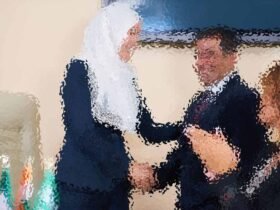
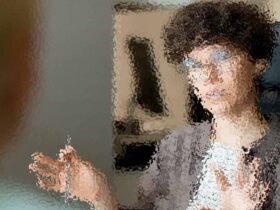

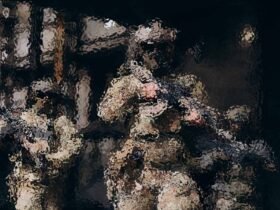
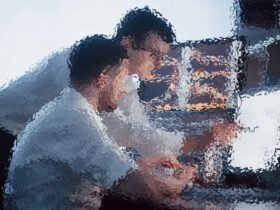
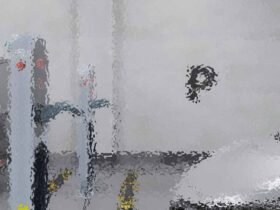

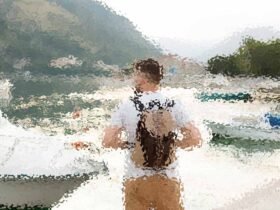
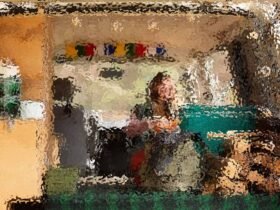

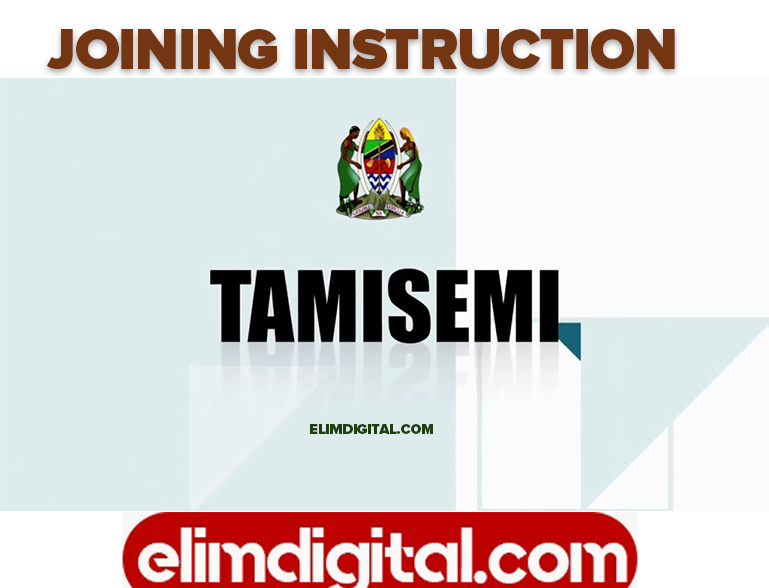


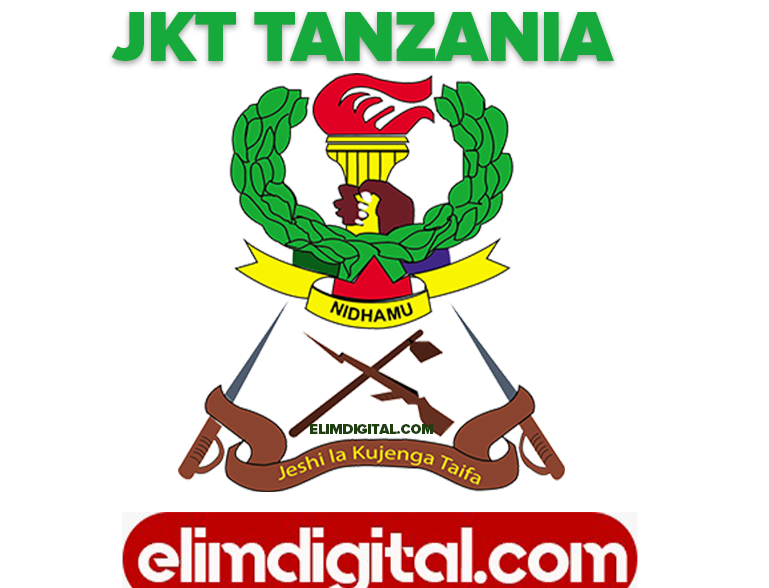

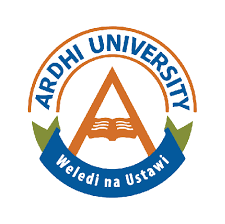

Leave a Reply